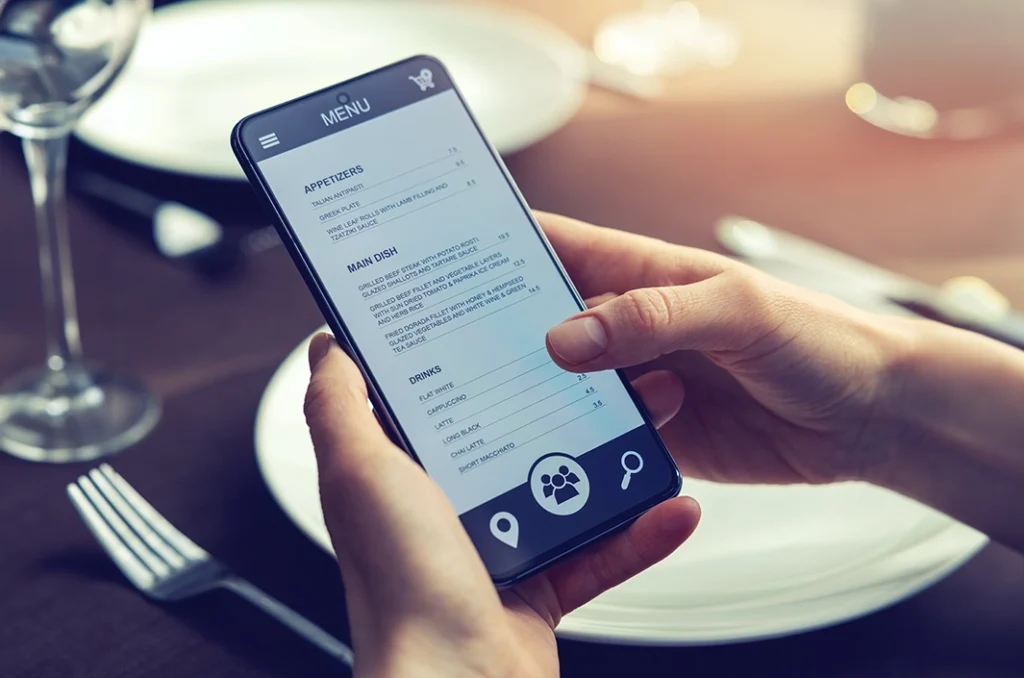The restaurant industry has hit peak tech hype. In 2024, operators rushed to add AI, apps, and automation to every corner of the guest journey. But not every rollout hit the mark. Instead, clunky chatbots, buggy kiosks, and poorly synced systems left customers frustrated and operators scrambling.
In 2025, it’s no longer about who has the flashiest tech. Rather, it’s about who uses it well. The smartest operators are focusing less on chasing trends and more on building systems that actually solve problems—for guests and for teams.
AI IS A TOOL, NOT A TOY
Artificial intelligence isn’t optional anymore. But throwing AI at everything is a recipe for disaster. In 2025, operators are learning to treat AI like a scalpel, not a hammer. Use it for specific challenges: managing inventory, predicting demand, and personalizing promotions.
For example, AI can help kitchens make smarter ordering decisions by tracking purchasing patterns. That means fresher ingredients, less waste, and fewer 86’d items. On the guest side, AI-driven upselling is becoming more seamless. When done right, it feels helpful—not pushy. It’s about recommending a snack-size item that matches past orders, not bombarding customers with random add-ons.
The lesson? Use AI to streamline, not complicate. And always keep human oversight in the loop.
THE PHYGITAL EXPERIENCE NEEDS TO FLOW
Today’s guests don’t think in terms of “online” or “in-person.” Instead, they think in terms of now. Whether it’s a mobile app, kiosk, or counter, the experience should feel smooth and connected. Unfortunately, too many restaurants still have digital systems that don’t sync with the real world.
Guests notice when a limited-time offer shows up in an ad but not in the app. Or when a kiosk pushes an upsell that the kitchen is out of. These gaps kill trust and hurt the experience.
In 2025, the leaders are fixing this by unifying backend systems. For example, they’re standardizing menus across platforms, syncing inventory in real time, and building interfaces that match each channel’s strength. Kiosks get bold visuals that drive discovery. Apps get quick reordering and easy pre-pay. Both work together to make dining faster and easier.
VALUE IS CONVENIENCE, NOT JUST COST
With prices rising, guests are redefining value. It’s not just about cheap meals—it’s about time saved and frustration avoided. That’s where tech plays a key role.
Personalized kiosks remember past orders. Apps offer one-tap reordering. Pickup lanes reduce wait times. These aren’t just nice-to-haves—they’re new expectations. Moreover, guests want to feel like their loyalty is rewarded with speed, ease, and a little bit of personal attention.
So, operators who get this right aren’t just winning on price—they’re winning on experience.
VIGOR’S VIEW
In 2025, tech is table stakes. But good tech—the kind that actually works for your guests and your team—that’s still rare. The brands pulling ahead are the ones using AI to streamline operations, not overwhelm them. They’re building digital tools that simplify the guest journey, not complicate it. And they’re redefining value by saving customers time, hassle, and mental bandwidth. Want to incorporate tech that makes a real difference? That’s what we do. Let’s talk.
Read up on Part 2 of this series — Restaurant Realities 2025: Sustainability That Sticks. And make sure to keep an eye out for Part 4!


